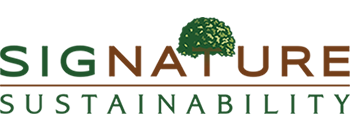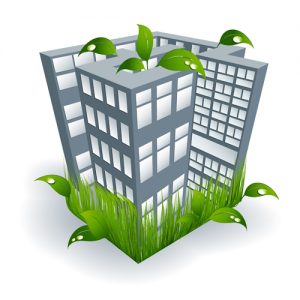In 2015, about 40% of total U.S. energy consumption was consumed in residential and commercial buildings, or about 39 quadrillion British thermal units. With the majority of buildings operating at far below optimal efficiencies, we are left with huge potential for energy savings. Certifying your building is a simple way to address energy use as well as improve occupant comfort and health.
Programs like LEED, The WELL Building Standard and The Living Building Challenge use cutting edge strategies and technology to increase the energy efficiency, wellness, comfort and environmental awareness of your building. Benefits of earning certification for an office can improve worker productivity and commitment, reduce sick days and improve moral.
There are many strategies to building energy conservation. One key tool during the design process is building energy modeling. Signature Sustainability provides building energy modeling by working with your team to find the balance between up-front costs and return on investment. In an energy model, energy conservation measures (ECMs) will be examined to see which strategies are the most beneficial for your site and situation. Check our page on Building Energy Modeling for more information.

